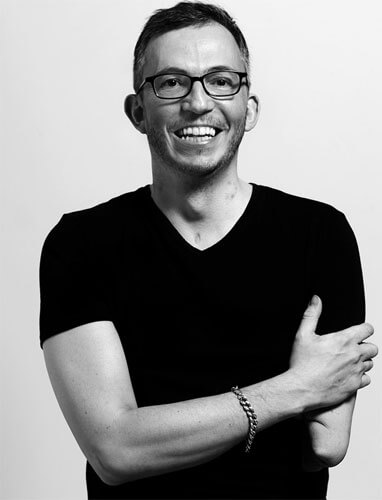Giles Duley was born in 1971 in London. After 10 years as an editorial photographer in the fashion and music industries in both the US and Europe, Duley now focuses his work on humanitarian projects. Working with well respected charities such as Medecins sans Frontiers, IOM and UNHCR to highlight lesser known stories deserving of public attention and action. Although documenting challenging, and at times, horrific situations, Duley captures the strength of those who fight their adversity rather than succumb. His photographs draw the viewer to the subject, creating intimacy and empathy for lives differing from ours only in circumstance.
In 2011, whilst on patrol with 75th Cavalry Regiment, United States Army in Afghanistan, Duley stepped on an improvised explosive device. He was severely injured, losing both legs and an arm.
Source: www.gilesduley.com
Artist Statement
"In 2011 I was injured whilst working as a photographer in Afghanistan. I spent the next 46 days of my recovery fighting for my life in intensive care. During that period, I was often awake for days, unable to move or communicate as I was incubated and my remaining shattered hand was in a cast. My mind wandered, drifting on a mixture of morphine, exhaustion and fear and so battling to keep my sanity and to pass the dragging hours I’d challenge myself with mental exercises. My favourite was thinking of portraits I wished I could do, creating a list of the 100 people I most wanted to photograph. My first love in photography was portraiture. I love telling someone’s story through an image, trying to capture some essence of character in a frozen moment.
For ten years I worked as a portrait photographer before cynicism with celebrity culture and a desire to document humanitarian issues took me in a different direction. I had always hoped to return to portraiture in time. Lying there, trapped in my body, I imagined all the portraits I wanted to take, aware that now I’d probably never get the chance. This wasn’t just a list of heroes or inspirations; more a collection of people who had shaped my cultural identity or whose large personas drew me in. Ben Okri whose writing first opened my eyes to Africa and storytelling; Tom Waits with his gnarled voice; Natalie Portman, hypnotic in the last film I’d seen before my accident; Don McCullin who inspired me to first pick up the camera. The list grew in my mind; eclectic, eccentric characters I wished I’d captured in frame. I resolved that if by some chance I made it through, I’d contact the names on my list and ask them to sit for a portrait. I would not waste my second chance at life. I have no idea where this project will lead, who will say yes, who will say no, or what I will learn about the people I meet and about myself.
I’m aware I’ll face practical difficulties brought on by my injuries and the challenges of working within a celebrity culture, but through this journey I hope to develop my abilities in portraiture, to explore my own cultural identity and broaden my understanding of photography. Most importantly to fully regain my life and identity post accident, with more than a little fun along the way! As for the list? From PJ Harvey to Dead Prez, from Samantha Morton to Jean Paul Belmondo, the names on the list are united by a common trait. When I thought I was going to die and when I had to come to terms with my new life, one thing kept me going, my photography. It is my lifeblood. The sitters for my portraits may all be famous, but I believe they have become that because of what they do, not because they craved celebrity. I believe for each one their craft is also their lifeblood. So here I am. It’s taken two years, 30 operations and a long rehabilitation, but I’m ready to start. 100 Portraits Before I Die: A Photographers Odyssey..."
